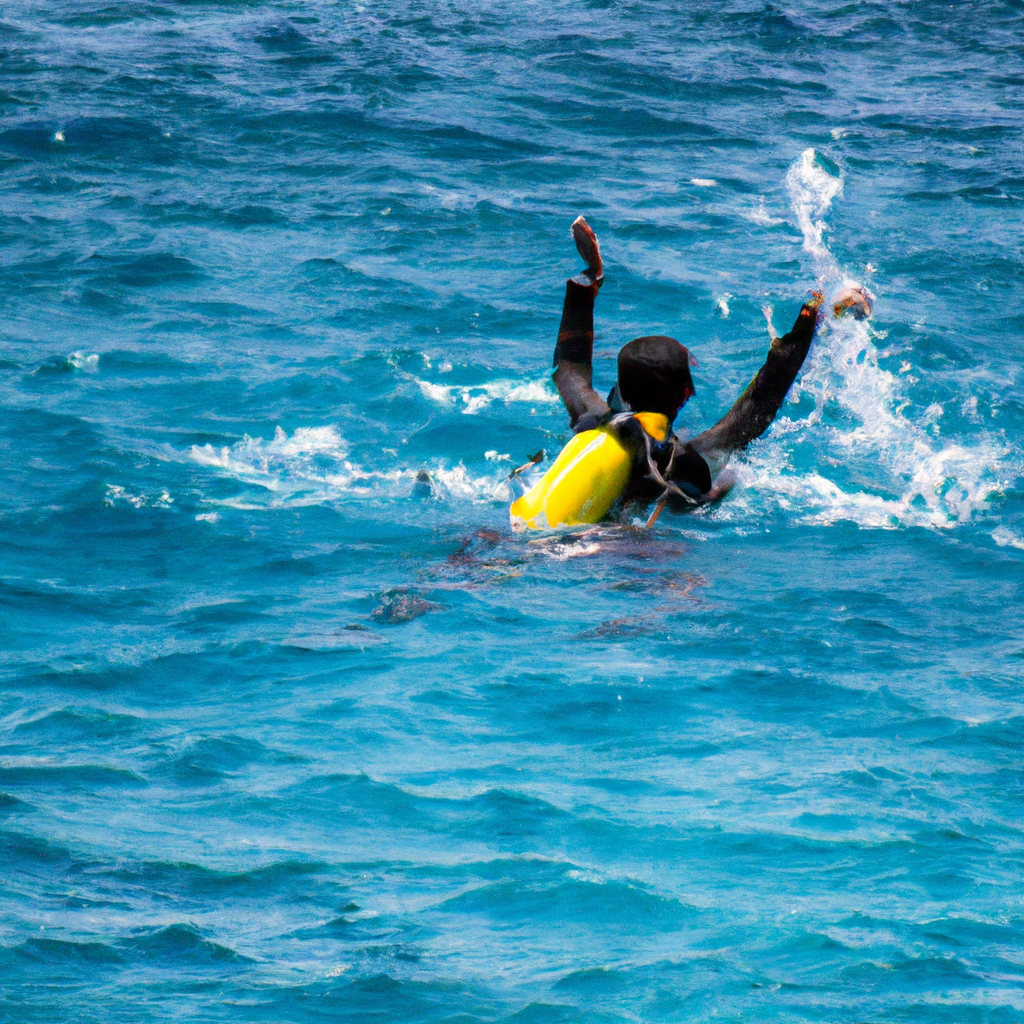Highlighting Aquatic Splendor: A Deeper Focus on Water Sports Photography and Video

The fascinating world of water sports not only offers adrenaline and excitement to participants, but also a unique opportunity for photographers and videographers to capture the beauty and intensity of these activities. From surfing to diving, water skiing and sailing, water sports present a number of unique challenges and opportunities for visual content creators. In this article, we will explore the photography and video techniques used in water sports, the essential equipment needed, the specific challenges of this environment, and how to edit and enhance captured images to achieve great results. Whether you are a professional photographer looking to expand your portfolio or a water sports enthusiast eager to share your experiences, this article will provide you with valuable information.
- 1. "Capturing the action: Photography and video techniques in water sports"
- 2. "Essential equipment for water sports photography and video"
- 3. "The unique challenges of water sports photography and video"
- 4. "How to edit and improve your water sports photos and videos"
1. "Capturing the action: Photography and video techniques in water sports"
Capturing the action in water sports through photography and video requires a combination of technical skills and a creative eye. One of the most challenging aspects is the constant, fast action that occurs in these sports, whether it is surfing, sailing, kayaking or water skiing. To deal with this, it is essential to use a fast shutter speed to freeze the action and keep the image sharp. Additionally, using a wide aperture can help separate the subject from the background, especially in open water. Continuous autofocus (AF-C) is another valuable tool that can help maintain focus on moving subjects. However, it is not just about technique; timing and framing are also crucial. A breaking wave, the spray of water in the air or the excitement on an athlete’s face can all be powerful elements in a photo or video. And of course, protecting your equipment from water and salt is vital in this environment.
2. "Essential equipment for water sports photography and video"
Essential equipment for water sports photography and video should be waterproof and durable to withstand marine conditions. An underwater camera is a must, either a DSLR with a waterproof housing or an action camera such as GoPros, which are typically waterproof and compact. In addition, lenses of different types will be needed, including telephoto to capture action from a distance and wide-angle for panoramic or wider shots. A waterproof tripod or camera stabilizer will also be useful to keep footage steady in an aquatic environment. Additionally, for video recording, a waterproof microphone may be necessary to capture ambient sound. Finally, protective equipment, such as a floating camera strap, is essential to prevent equipment from sinking if dropped in water.
3. "The unique challenges of water sports photography and video"
Water sports photography and videography present unique challenges that require skill, creativity, and specialized equipment. First, water can be both an obstacle and a creative resource. Splashes, waves, and light refraction can make it difficult to take clear, sharp images. Additionally, the instability of water can challenge photographers to maintain balance and framing accuracy. Second, exposure to the elements, such as sea salt, sand, and intense sunlight, requires water- and weather-resistant equipment. Rapid changes in lighting, due to reflection off the water or the position of the sun, can also require quick adjustments to camera settings. Last but not least, safety is a critical consideration. Photographers and videographers must be competent swimmers, familiar with ocean currents, and sometimes be able to handle scuba gear.
4. "How to edit and improve your water sports photos and videos"
Editing and enhancing your water sports photos and videos can make the difference between an ordinary image and a truly spectacular one. Using editing software like Adobe Photoshop or Lightroom for photos and Adobe Premiere Pro or Final Cut Pro for videos, you can adjust a variety of elements to improve the quality of your images. Adjusting the brightness, contrast, and saturation can make colors pop and bring your photos and videos to life. For videos, you can also add slow-motion or fast-motion effects to highlight specific moments of the action. Remember, subtlety is key—you don’t want your edits to look overdone. Additionally, you can use color correction apps to balance the tones of your photos and videos, which is especially helpful if the lighting conditions weren’t ideal at the time you shot or recorded the photo.
